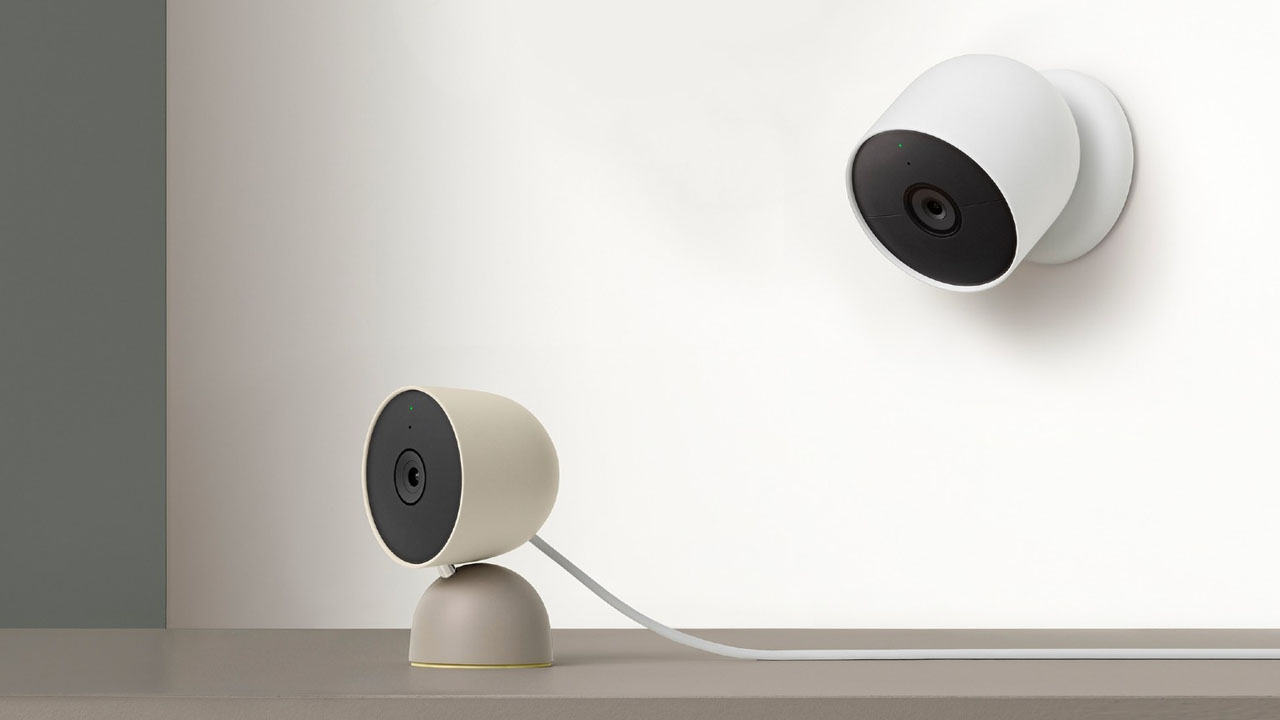Home>Health & Lifestyle>Family & Pet-Friendly Home Design>How To Survive The Night Shift And Home Life


Family & Pet-Friendly Home Design
How To Survive The Night Shift And Home Life
Published: December 22, 2023
Discover family and pet-friendly home design tips to help you thrive during the night shift while maintaining a balanced home life. Achieve comfort and functionality with our expert advice.
(Many of the links in this article redirect to a specific reviewed product. Your purchase of these products through affiliate links helps to generate commission for Storables.com, at no extra cost. Learn more)
Introduction
Welcome to the world of the night shift, where the moon takes center stage, and the hustle and bustle of the day transforms into a serene nocturnal rhythm. Whether you’re a seasoned night owl or a newcomer to the after-hours lifestyle, navigating the challenges of working through the night and maintaining a harmonious home life can be a daunting task. However, with the right strategies and a touch of creativity, you can not only survive but thrive in the world of the night shift while nurturing a warm and inviting home environment for yourself and your loved ones.
In this guide, we’ll delve into the intricacies of the night shift, explore the unique challenges it presents, and uncover practical tips for adapting to this unconventional work schedule. We’ll also discuss the importance of maintaining a healthy work-life balance, especially when your professional life unfolds under the stars while your personal life revolves around the sun. By the end of this journey, you’ll be equipped with a treasure trove of insights and strategies to conquer the night shift with confidence and grace, all while fostering a family- and pet-friendly home that exudes warmth and tranquility.
Key Takeaways:
- Embrace a consistent sleep schedule, open communication, and quality time to thrive on the night shift while nurturing a warm and pet-friendly home environment.
- Prioritize self-care, establish family rituals, and minimize disruptions to balance work and family life effectively during the night shift.
Read more: How To Survive Stressful Home Life
Understanding the Challenges of Night Shift
Working the night shift comes with a unique set of challenges that can impact both your professional and personal life. The most apparent hurdle is the disruption of the body’s natural circadian rhythm, which governs the sleep-wake cycle. This disruption can lead to sleep disturbances, fatigue, and a general sense of disorientation. Additionally, the night shift often entails working during hours when the body is biologically predisposed to rest, making it inherently more challenging to maintain peak alertness and productivity.
Moreover, the night shift can pose social and familial challenges, as it may limit the time you can spend with loved ones. While your family and friends are engaged in daytime activities, you may find yourself navigating a world that operates on a different schedule, potentially leading to feelings of isolation and a lack of social interaction.
Furthermore, the nocturnal work schedule can present hurdles in terms of accessing essential services and amenities, as many businesses operate primarily during the day. This can make mundane tasks, such as grocery shopping or scheduling appointments, more cumbersome and time-consuming.
For pet owners, the night shift can also disrupt the routines and rhythms of their furry companions, potentially leading to behavioral issues or separation anxiety. Pets, like humans, thrive on routine and may struggle to adapt to a schedule that conflicts with their natural instincts.
Understanding these challenges is the first step toward effectively addressing them. By acknowledging the unique hurdles posed by the night shift, you can begin to implement strategies to mitigate their impact and create a more harmonious and balanced lifestyle.
Tips for Adjusting to Night Shift
Transitioning to the night shift requires a thoughtful approach to ensure a smooth adjustment and optimal well-being. Here are some invaluable tips to help you navigate the nocturnal realm with grace and resilience:
- Establish a Consistent Sleep Schedule: While it may be tempting to switch back to a daytime schedule on your days off, maintaining a consistent sleep schedule, even on non-working days, can help regulate your body’s internal clock and improve the quality of your rest.
- Create a Restful Environment: Invest in light-blocking curtains, earplugs, and a comfortable mattress to create a tranquil and restful sleep environment. Minimizing noise and light disturbances can significantly enhance the quality of your sleep during daylight hours.
- Stay Active and Nourished: Engage in regular physical activity and prioritize a balanced diet. Exercise can boost your energy levels and promote better sleep, while nutritious meals can sustain your vitality throughout the night.
- Maximize Exposure to Natural Light: Spend time outdoors during the early morning hours to soak in natural light, which can help regulate your circadian rhythm and signal to your body that it’s time to wind down and prepare for rest.
- Stay Hydrated: Hydration is crucial for sustaining energy levels and maintaining focus during the night shift. Keep a water bottle handy and aim to stay adequately hydrated throughout your shift.
- Communicate with Your Household: Foster open communication with your family or housemates to ensure they understand your unique schedule and the importance of minimizing disruptions during your designated sleep hours.
- Take Regular Breaks: Incorporate short breaks into your shift to stretch, move around, and refresh your mind. These brief interludes can enhance your alertness and overall well-being.
- Seek Support and Camaraderie: Connect with colleagues who also work the night shift to share experiences, offer mutual support, and foster a sense of camaraderie. Building a supportive network can alleviate feelings of isolation and enhance your professional experience.
By implementing these strategies, you can ease the transition to the night shift and cultivate a sense of balance and well-being as you navigate the unique demands of working during unconventional hours.
Try to establish a consistent sleep schedule, even on your days off, to help regulate your body’s internal clock and improve your overall well-being.
Maintaining a Healthy Home Life
Creating a nurturing and harmonious home environment is essential for fostering a healthy and fulfilling personal life, especially when navigating the demands of the night shift. Here are some strategies to ensure that your home remains a sanctuary of tranquility and warmth:
- Designate Restful Spaces: Carve out a serene and secluded area within your home where you can unwind and rejuvenate. Whether it’s a cozy reading nook or a tranquil meditation corner, having a designated space for relaxation can be immensely beneficial.
- Embrace Natural Elements: Infuse your home with elements of nature, such as potted plants, natural light, and soothing earth tones. These elements can create a calming and rejuvenating atmosphere, promoting a sense of well-being and connection to the natural world.
- Establish a Family Ritual: Cultivate a special ritual or activity that you can share with your family or furry companions. Whether it’s a leisurely morning walk with your pet or a weekly family breakfast, these rituals can strengthen bonds and create cherished moments amidst differing schedules.
- Minimize Disruptions: Communicate with your household members about the importance of minimizing noise and disturbances during your designated sleep hours. Establishing mutual respect for each other’s schedules can contribute to a more harmonious living environment.
- Unplug and Unwind: Create boundaries around technology and allocate time for digital detoxes. Disconnecting from screens and immersing yourself in offline activities can promote relaxation and mental rejuvenation.
- Prioritize Quality Time: Allocate dedicated time for meaningful interactions with your loved ones, whether it’s sharing a meal, engaging in a hobby together, or simply enjoying heartfelt conversations. Quality over quantity is key in nurturing strong and fulfilling relationships.
- Embrace Flexibility: Remain adaptable and open to adjusting your routines and activities to accommodate the needs and schedules of your family members. Flexibility and understanding are essential components of maintaining a healthy and harmonious home life.
By incorporating these strategies into your home life, you can cultivate a nurturing and supportive environment that promotes well-being, fosters family connections, and provides a peaceful retreat from the demands of the night shift.
Strategies for Balancing Work and Family
Successfully balancing the demands of the night shift with family responsibilities requires thoughtful planning and a proactive approach. By implementing effective strategies, you can harmonize your professional commitments with the nurturing of meaningful relationships and a supportive family environment. Here are key strategies to achieve this delicate balance:
- Open Communication: Foster open and honest communication with your family members about your work schedule, the challenges you face, and the support you need. Encourage a dialogue that allows for mutual understanding and empathy.
- Coordinate Schedules: Collaborate with your family to synchronize schedules and identify overlapping periods of time for shared activities and quality bonding. Aligning schedules can facilitate meaningful connections despite differing work hours.
- Share Responsibilities: Distribute household responsibilities equitably among family members to ensure that the burden of chores and tasks is shared. This collaborative approach fosters a sense of unity and support within the household.
- Plan Quality Time: Prioritize dedicated quality time with your family, even if it means adjusting your schedule or engaging in activities during unconventional hours. Making the most of the time you have together is paramount for nurturing strong familial bonds.
- Embrace Flexibility: Remain adaptable and open to adjusting routines and activities to accommodate the needs and schedules of your family members. Flexibility and understanding are essential components of maintaining a healthy and harmonious home life.
- Establish Rituals and Traditions: Create and uphold family rituals and traditions that provide a sense of continuity and connection. Whether it’s a weekly family movie night or a special breakfast on weekends, these rituals strengthen family ties and create cherished memories.
- Seek Support Networks: Connect with other individuals who work non-traditional hours to share experiences, tips, and support. Building a network of peers facing similar challenges can provide valuable insights and a sense of camaraderie.
- Practice Self-Care: Prioritize self-care to maintain your physical, emotional, and mental well-being. By nurturing yourself, you’ll be better equipped to fulfill your professional responsibilities and engage meaningfully with your family.
By integrating these strategies into your daily life, you can navigate the complexities of the night shift while fortifying the bonds of family and creating a supportive, nurturing home environment.
Conclusion
Embarking on the journey of the night shift presents a unique set of challenges, from managing your own well-being to nurturing a harmonious home life. However, armed with a repertoire of insightful strategies and a deep understanding of the intricacies of the night shift, you can navigate this unconventional terrain with grace and resilience.
By embracing the tips for adjusting to the night shift, you can cultivate a sense of balance and well-being even amidst the nocturnal hours. Establishing a consistent sleep schedule, prioritizing self-care, and fostering open communication within your household are pivotal steps in maintaining equilibrium and vitality.
Furthermore, maintaining a healthy home life requires a deliberate and nurturing approach. By creating restful spaces, minimizing disruptions, and prioritizing quality time with your loved ones, you can foster an environment of tranquility and warmth that serves as a sanctuary amidst the demands of the night shift.
Successfully balancing work and family necessitates proactive planning, open communication, and a willingness to adapt. By coordinating schedules, sharing responsibilities, and prioritizing quality time, you can fortify familial bonds and create meaningful connections despite the challenges posed by non-traditional work hours.
As you embark on this journey, remember that resilience, adaptability, and a touch of creativity are your allies. By integrating these strategies into your daily life, you can conquer the night shift with confidence while nurturing a family- and pet-friendly home that radiates warmth and tranquility.
Ultimately, the night shift is not merely a professional endeavor; it’s a testament to your ability to thrive in unconventional circumstances and create a nurturing and supportive environment for yourself and your loved ones. With these strategies in your arsenal, you’re well-equipped to not only survive but thrive in the world of the night shift, all while fostering a home life brimming with love, harmony, and well-being.
Frequently Asked Questions about How To Survive The Night Shift And Home Life
Was this page helpful?
At Storables.com, we guarantee accurate and reliable information. Our content, validated by Expert Board Contributors, is crafted following stringent Editorial Policies. We're committed to providing you with well-researched, expert-backed insights for all your informational needs.















0 thoughts on “How To Survive The Night Shift And Home Life”